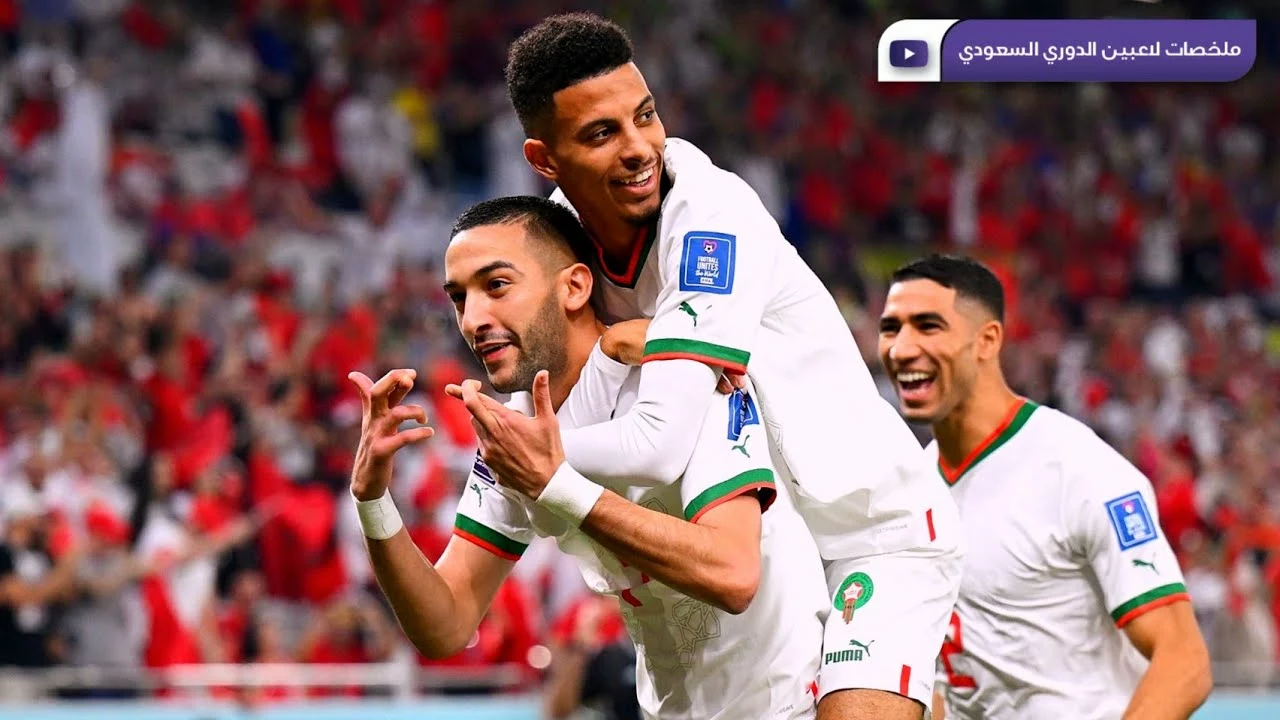International Tournament: The Heartbeat of Global Soccer
When we talk about international tournament, a competition where national soccer teams face off in a structured series of matches, we’re really describing the stage where the sport’s biggest stories unfold. Fans worldwide tune in, players chase legacy, and federations measure success. International tournament isn’t just another event; it’s the arena where cultures clash, tactics evolve, and history is written.
Among the most iconic fixtures are the FIFA World Cup, the quadrennial showdown that crowns the global champion, the UEFA European Championship, often called the Euro, where Europe’s elite nations battle for continental glory, and the Copa America, South America’s premier competition that showcases flair and passion. Each of these events brings unique attributes: the World Cup demands worldwide qualification rounds, the Euro emphasizes tactical depth among neighboring rivals, and Copa America highlights attacking creativity.
Key International Tournaments and Their Impact
International tournaments encompass both global and regional championships, meaning they cover any competition that pits national teams against each other across borders. They require robust youth development pipelines, strong federation support, and fan engagement that can fill stadiums in multiple time zones. For instance, the World Cup influences global soccer culture by driving merchandise sales, inspiring grassroots programmes, and setting broadcasting standards. Meanwhile, the Euro shapes European tactical trends, often spilling over into club football during the same season.
Beyond the big three, tournaments like the AFC Asian Cup, Asia’s flagship national team competition and the AFCON, Africa’s premier championship that highlights raw talent and emerging stars add depth to the global calendar. They contribute to the sport’s growth by offering exposure to markets that otherwise receive limited coverage. When a nation performs well in these tournaments, it often triggers a surge in domestic league attendance and youth participation.
Fans often wonder why some countries dominate while others struggle. The answer lies in a mix of investment, coaching quality, and competitive experience gained through regular participation in international tournaments. Nations that qualify consistently for the World Cup or Euro tend to attract better sponsorship deals, which in turn fund academies and coaching education. This virtuous cycle explains why we see recurring powerhouses like Brazil, Germany, and Spain making deep runs in multiple competitions.
Looking ahead, the evolving format of these events—such as the expanded 48‑team World Cup slated for 2026—means more nations will get a taste of the biggest stage. This shift promises fresh stories, new rivalries, and broader commercial opportunities. For anyone following the sport, keeping an eye on how each tournament adjusts its qualifiers, group stages, and knockout rounds is essential to understand the ever‑changing landscape of international soccer.
Below you’ll find a curated list of articles that dig into everything from historic comebacks to the science behind player stamina during these high‑pressure contests. Whether you’re after tactical analysis, cultural impact, or behind‑the‑scenes anecdotes, the posts below will give you the insights you need to appreciate the full magnitude of international tournaments.

What is the 2022 World Cup schedule?
As a sports enthusiast, I've been eagerly keeping tabs on the 2022 World Cup schedule. It's slated to kick off on November 21, 2022, a major shift from the traditional mid-year schedule due to Qatar's intense summer heat. The tournament will span over 28 days, concluding with the final match on December 18. For the first time, matches will be scheduled at compact intervals, aiming to offer maximum live football action to fans worldwide. It's going to be a unique experience, and I can't wait to see how it unfolds.